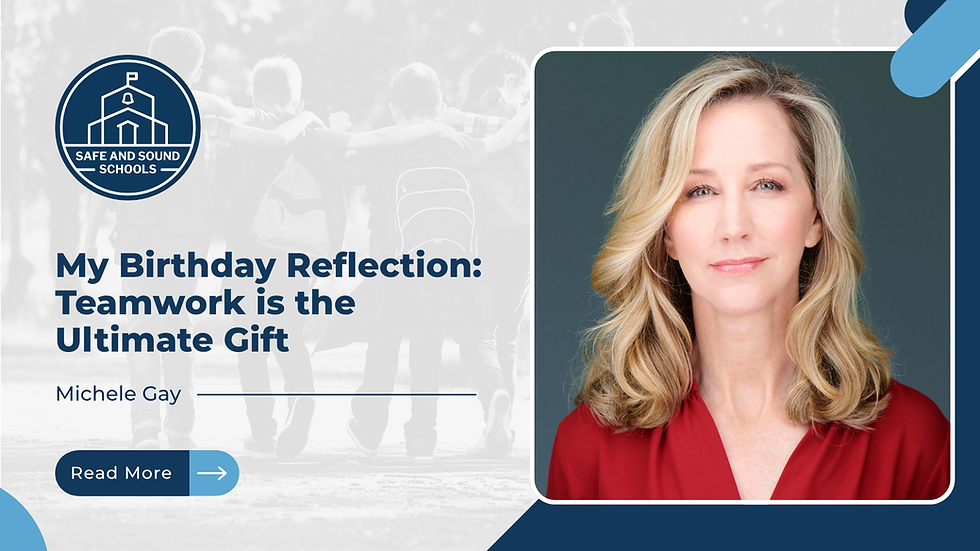Back to School: Products to Avoid in the Classroom This Fall
- kate50728
- Aug 6, 2018
- 3 min read
Updated: Nov 8, 2024
As summer draws to a close, the next few weeks are prime time to take your kids back to school shopping. Lunch boxes, binders, and classroom essentials like tissues and cleaning wipes are necessary purchases for parents to make before children start their first day back.
Although we assume that these common school supplies are safe for our children to use, there is still the chance that harmful ingredients can be present. Before you take your child shopping, keep these three ingredients in mind and make the conscious decision to purchase and inquire about healthier products.
1. Phthalates in plastic products
Phthalates are a class of chemicals used to improve the durability of plastic. They are found in a number of consumer goods including food & beverage containers, children’s toys, and even shower curtains. But, they are also widely present in school supplies such as lunch boxes, backpacks, and binders.
Phthalates are a known hormone disruptor, and multiple studies have linked exposure to developmental and reproductive concerns. Research has also suggested a risk of allergic diseases due to DEHP and BBzP phthalate exposure.
When you take your child shopping for supplies, consider purchasing eco-friendly binders made from non-plastic products such as cardboard or fabric. Avoid backpacks with plastic designs or exteriors as these likely contain phthalates. If you’re on the hunt for a new lunch box, choose cloth over hard plastic versions or check out independent reviews such as this one from Romper for phthalate and BPA-free options.
2. VOCs in classroom cleaning supplies
VOCs, or volatile organic compounds, are a variety of chemicals released as gases from common cleaning products. Air fresheners, chlorine bleach, glass cleaners, and even wet wipes can contain these chemicals that are linked to a number of health issues. Exposure has been known to cause headaches, liver and kidney damage, and allergic skin reactions.
Oftentimes, teachers will ask students to bring in cleaning supplies for the classroom. Before you throw any brand into your cart, however, check the label for VOCs. Benzyl alcohol, ammonia, and ethanol are three common ingredients to look out for, but consult Center for Disease Control’s (CDC) list for others that may be present.
To err on the side of caution, choose eco-friendly cleaning supplies that will protect your children and the environment. If you’re still unsure about a product’s safety, look for buzzwords on the packaging like “harmful if swallowed,” “use gloves,” or “use in a well-ventilated area.” These phrases are usually good indicators that a product contains harmful chemicals like VOCs.
3. Glyphosate in School Groundskeeping Products
Although this ingredient isn’t one that parents will be able to directly impact, it’s still important to know the products that are being used to treat school grounds, sports fields, and playground areas.
Glyphosate is an active ingredient in insecticides, widely used by gardeners, homeowners, and farmers. In recent years, however, lawsuits have alleged that glyphosate is a carcinogen linked to cancers including non-Hodgkin’s lymphoma. In fact, a school groundskeeper’s legal case has been the first to move forward after years of exposure to the chemical during his time as pest manager for a San Francisco school district.
A study published in JAMA found that the prevalence of human exposure to glyphosate has increased by 500% in recent years. However, research is still being conducted to determine the human health effects of this exposure. Concerned parents should inquire with school administration about the products being used on school grounds, especially since the chemical’s safety remains under speculation.
Conclusion
Heading back to school is an exciting time, but don’t let the anticipation of a new academic year cause you to forget about your children’s safety. Take time to read product labels, inquire about the safety of your school’s groundskeeping efforts, and ensure that the items you send with your child into the classroom are safe and healthy for all.
Guest Author Bio: Morgan Statt is a health & safety investigator who covers a number of issues including product safety and trending health news. With her background in strategic communication, she strives to educate readers on how they can make informed decisions about the products they purchase every day. In her free time, she can be found crafting the perfect Spotify playlist and supporting local businesses who share in her passion for quality food. Follow her on Twitter @morganstatt.
Editor’s Note: This blog contains the views, and positions of the author, and does not represent Safe and Sound Schools. The information provided in this blog is accurate and true to the best of the author’s knowledge. Safe and Sound Schools accepts no liability for any omissions, errors, or representations. The copyright to this content belongs to the author and any liability with regards to infringement of intellectual property rights remains with them.




Comments